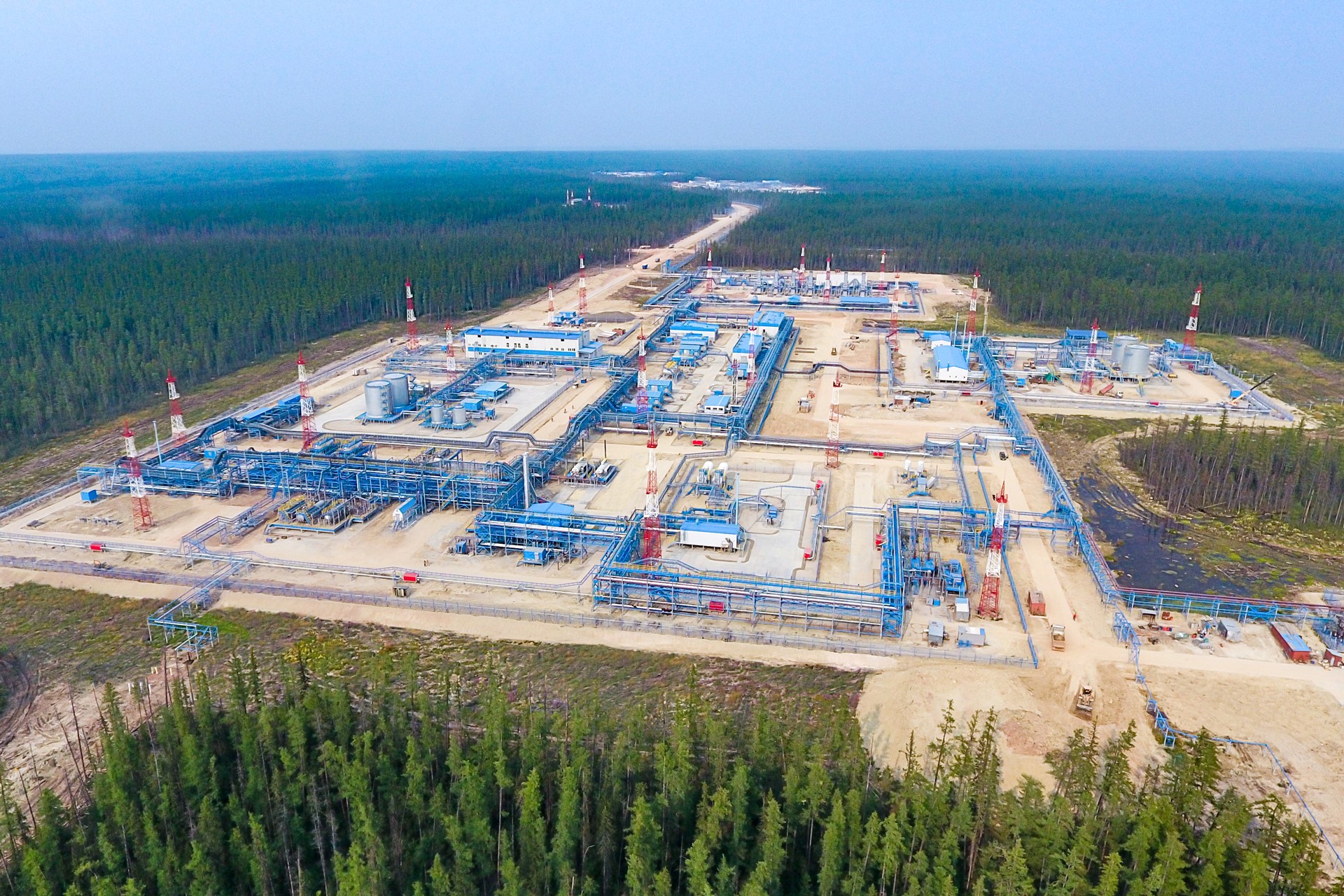RUSSIA MONITOR
Date: 10 September 2019
Russia’s Economic Development Minister Optimistic About Cheaper Crude’s Impact on Russian Economy
Russia’s economy is buoyed up by the export of raw materials. Profits it makes from selling gas and oil abroad are the top source of revenue for the federal budget. This means that any changes in hydrocarbon prices immediately translate into how much money flows into the budget. Russia’s incumbent government says, however, that the budget is less prone to the ongoing economic fluctuations owing to the recently adopted reforms. The Russian economy and budget will still do pretty well even if oil prices drop to $40 per barrel, Russia’s Economic Development Minister Maxim Oreshkin said in a recently published press interview.

In August this year, Russia’s Ministry of Economic Development curbed its 2019 oil price forecast from $63.4 to $62.2 per barrel. In 2020 it will be even lower, falling from the estimated price of $59.7 to no more than $57 per barrel. The oil price will probably go down to $56 per barrel in 2021, to $55 per barrel in 2022, to $54 per barrel in 2023, and to $53 per barrel in 2024. This year’s surplus from crude sales to exceed the level of $41.5 will be transferred to the National Welfare Fund. But the budget boasts a record-high surplus, a situation that allows Russian authorities to make far more optimistic outlook. Oreshkin added that $60 per barrel is the benchmark at which Russia can invest in new projects and develop them, saying that the price of $40 will complicate things, but even with this price, Russia will not see severe pressure on the financial market and domestic economy from the point of view of the budget. Russia’s Economic Development Minister said that due to fiscal policy reforms that have been pushed forward in recent years, this is enough for an oil barrel to cost $45 to balance the federal budget, compared to $115 five years ago.
Support Us
If content prepared by Warsaw Institute team is useful for you, please support our actions. Donations from private persons are necessary for the continuation of our mission.
But the situation is far from optimistic, with the Russian economy remaining exposed to fluctuations in oil prices to a greater extent than forecasted by Oreshkin. According to official estimates, revenues from oil and gas sales rarely exceed 50 percent of all revenues to the federal budget, as evidenced by 46.3 percent in 2018 and 41.7 percent in the first six months of 2019. Independent experts say, however, that this share is likely to increase, especially given a set of various taxes and fees, making the oil prices’ impact on the budget far greater than initially argued. But a sharp decline in crude prices would hit much more than Russia’s budget revenues. As a result, the ruble would hit a low level against the U.S. dollar. A drop in oil prices to $50 per barrel will depreciate the ruble, leading to the 70:1 ratio against the U.S. dollar. The situation can only aggravate if a global crisis occurs which is only when Oreshkin said that oil prices will slump to $40 per barrel. This will make the dollar stronger against all world currencies because investors are more prone to pull out of risky investments. $40 per oil barrel will be equivalent to 90 rubles for 1 dollar.
All texts published by the Warsaw Institute Foundation may be disseminated on the condition that their origin is credited. Images may not be used without permission.














